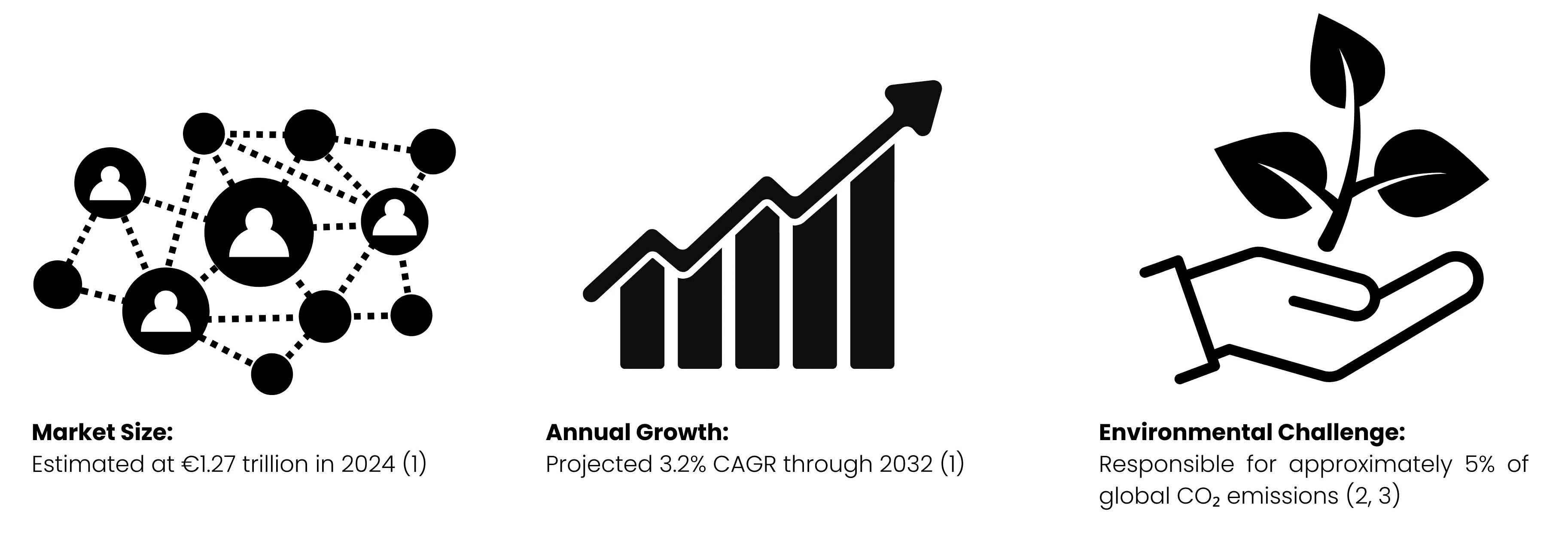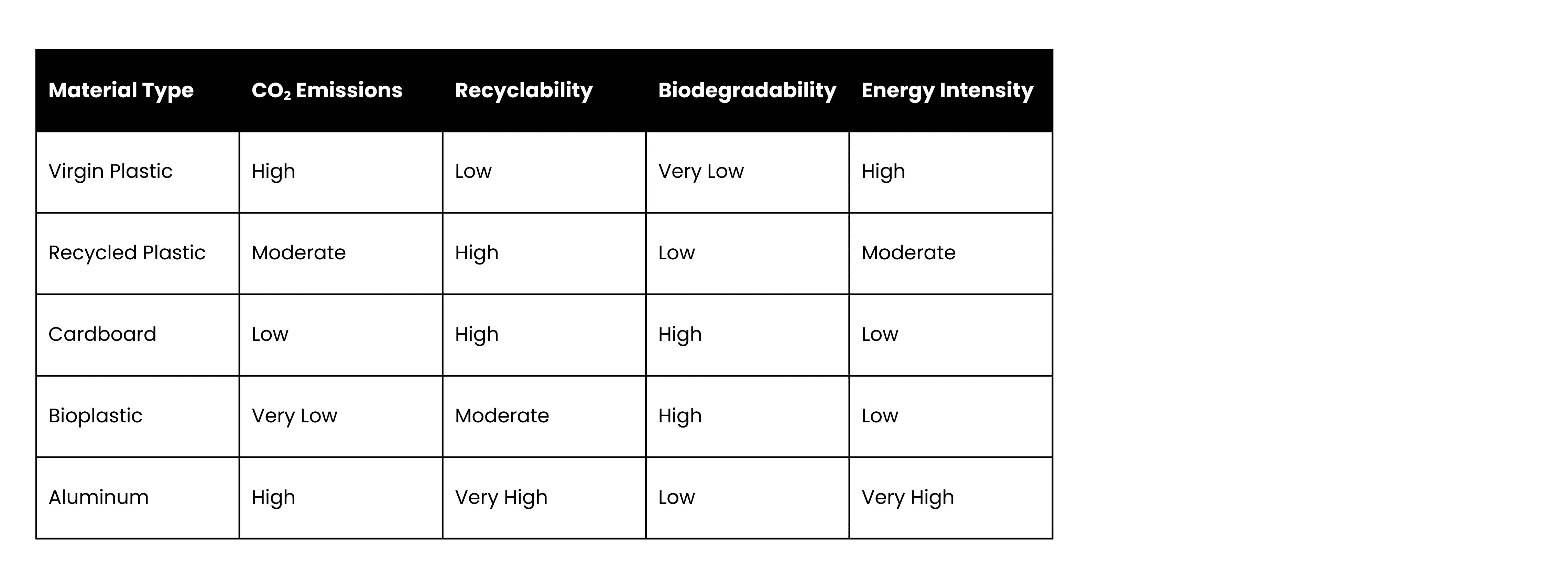News
Understanding Packaging's Environmental Footprint: Beyond Surface-Level Insights
Packaging is a critical nexus of environmental responsibility, technological innovation, and economic strategy. Our in-depth analysis reveals the multifaceted environmental implications of packaging choices and offers comprehensive solutions for sustainable business practices.
The Holistic CO₂ Chronicles: Unraveling Packaging's Environmental Complexity
Global Packaging Landscape
The global packaging industry is a behemoth of environmental significance:

Detailed Carbon Footprint Analysis
Material-Specific Environmental Impact
Traditional Plastics
CO2 Emissions: 2.7 kg CO₂ per kg of material
Persistence: Can take up to 450 years to decompose
Microplastic Generation: Significant environmental threat to ecosystems
Cardboard and Paper-Based Packaging
CO2 Emissions: 1.1 kg CO₂ per kg for virgin material; significantly lower (~0.3–0.8 kg CO₂ per kg) for recycled content.
Renewable Source Potential: Higher recyclability
Forest Management Impact: Critical reliance on sustainable forestry practices
Aluminum Packaging
CO2 Emissions: 1.5 kg CO₂ per kg for virgin aluminum; significantly lower (~0.5–1 kg CO₂ per kg) for recycled aluminum due to reduced energy requirements.
Recycling Efficiency: Nearly 75% of all aluminum ever produced is still in use
Energy Intensity: Aluminum production is energy-intensive, requiring 14–16 kWh per kg for virgin production. However, recycling uses 95% less energy, making it one of the most sustainable materials when recycled.
Advanced LCA-Driven Packaging Solutions
Circular Economy Packaging Strategies

Innovative Material Technologies
1. Biomaterial Innovations
Corn-Based Packaging
Biodegradable within 180 days
Reduced petroleum dependency
Lower carbon intensity
Mushroom-Derived Protective Materials
Fully compostable
Grown from agricultural waste
Minimal energy consumption in production
Seaweed and Algae-Based Wrappings
Zero-waste solution
Negative carbon footprint potential
Supports marine ecosystem restoration
2. Advanced Recycling Technologies
Chemical Recycling
Breaks down polymers to molecular level
Enables infinite recyclability
Reduces virgin material consumption
Closed-Loop Packaging Systems
Complete material recovery
Minimal waste generation
Reduces overall carbon footprint
Technological Intervention Strategies
Digital Tracking and Optimization
Blockchain Packaging Traceability
Real-time carbon footprint tracking
Transparent supply chain monitoring
Verifiable sustainability credentials
AI-Powered Packaging Design
Optimized material selection
Predictive lifecycle analysis
Minimal waste configuration
Regulatory Landscape and Future Projections
European Union Packaging Directives
2030 Targets:
65% packaging waste recycling
Significant reduction in single-use plastics
Mandatory recycled content requirements
Industry Transformation Metrics
Investment in Sustainable Packaging:
Projected $350 billion by 2025 (4)
23% annual growth in green packaging technologies (4)
Comparative Environmental Impact Analysis
Packaging Material Lifecycle Comparison

CO₂ Emissions Calculator for Packaging Choices
Expert Insights and Future Vision
"Sustainable packaging is not a cost—it's an investment in our planet's future and business resilience." - Dr. Elena Rodriguez, Global Sustainability Research Institute
Contact us for more information about a fast, reliable and cost effective Life Circle Assessment including packaging of your products.
Emissions Factors Used for the calculation:
Materials (kg CO2 per kg)
Plastic: 2.7
Cardboard: 1.1
Aluminum: 11.5
Glass: 1.25
Bioplastic: 1.5
Paper: 0.9
Transportation (kg CO2 per ton-kilometer)
Truck: 0.1
Ship: 0.015
Train: 0.025
Plane: 0.5
Resources:
https://www.towardspackaging.com/insights/packaging-market-sizing
https://en.wikipedia.org/w/index.php?title=Environmental_impact_of_paper
https://www.grandviewresearch.com/industry-analysis/green-packaging-market









